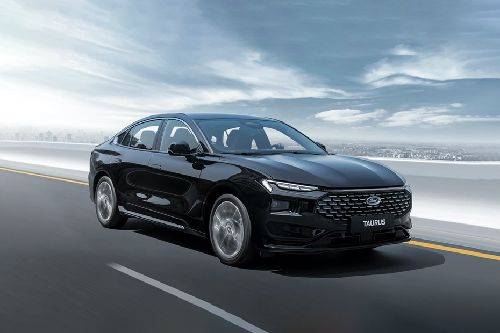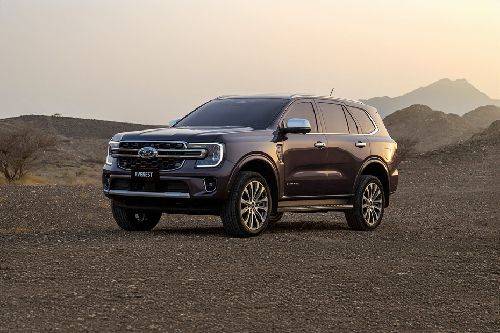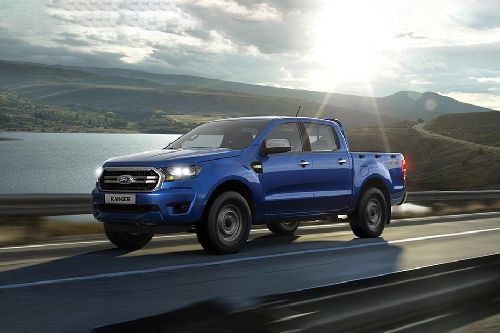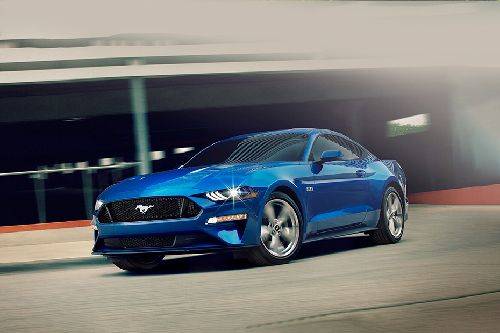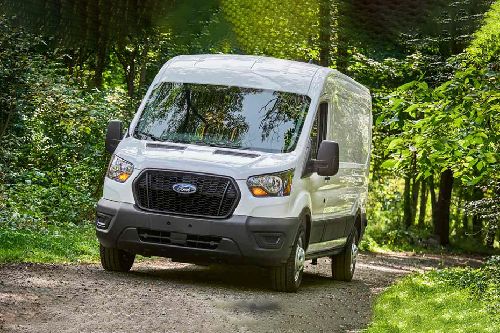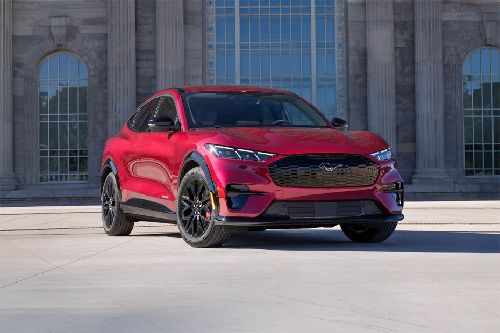Ford Engineers Push Trucks and SUVs To The Limit In Dubai’s Desert Heat

SAUDI ARABIA : Ford’s engineers endure intense desert heat to ensure their trucks and SUVs perform reliably in the challenging conditions of the Middle East.
- Ford’s engineering team tests trucks and SUVs in Dubai’s extreme desert temperatures.
- The rigorous testing ensures vehicles deliver optimal performance in heat, sand, and city conditions.
- Ford Territory Hybrid, set to debut in 2025, undergoes extensive testing in various driving scenarios.
- Real-world testing complements digital design, enhancing reliability and durability.
In Dubai’s scorching desert, where midday temperatures soar above 60 degrees Celsius, Ford’s engineers are putting their trucks and SUVs through grueling tests. For Ford, this desert trial is crucial for ensuring that vehicles meet the performance demands of the Middle Eastern climate.
Rigorous Testing in Extreme Heat
The heat of Dubai’s desert is ideal for testing Ford’s vehicles, as the high temperatures push engines, transmissions, and cooling systems to their limits. According to Dallalah, the resistance vehicles face in the sand is like dragging a heavy weight, forcing the powertrain to work harder.
These conditions require more from the engine, causing it to generate more heat, while slower desert speeds limit the airflow that cools the engine, creating a unique stress test for Ford’s off-road models.
City and Highway Driving for Real-World Scenarios
Ford’s testing goes beyond sand, extending to urban environments to ensure vehicles can handle the demands of city traffic. Slow-moving city traffic tests cooling and climate control systems under intense heat, simulating real-world conditions.
On highways, the focus shifts to handling, noise, vibration, and harshness (NVH) to fine-tune Ford’s vehicles. These trials ensure that Ford’s vehicles can perform well, whether in urban heat or the quiet highways beyond the city.
Climate Control Endurance Inside the Cabin
Inside the cabin, Ford’s engineers test the climate control system’s ability to cool down quickly after sitting in extreme heat. Vehicles are left to “bake” in the sun, with temperatures inside reaching up to 72 degrees Celsius. After an hour, the team runs the A/C on maximum to check the system’s effectiveness, ensuring that even at high cabin temperatures, the climate control performs reliably.
Complementing Digital Design with Real-World Testing
While computer-aided design (CAD) and computer-aided engineering (CAE) speed up development, real-world testing remains crucial. Dallalah emphasizes that while CAD and CAE provide a strong foundation, the unique desert conditions expose issues that can’t be predicted digitally.
This hands-on testing approach ensures Ford’s vehicles meet their high standards of durability and reliability, giving Middle Eastern customers confidence in their vehicles’ ability to withstand the harshest conditions.
Ford Car Models
- Latest
- Popular
You might also be interested in
- News
- Featured Stories
- Latest
- Upcoming
- Popular

